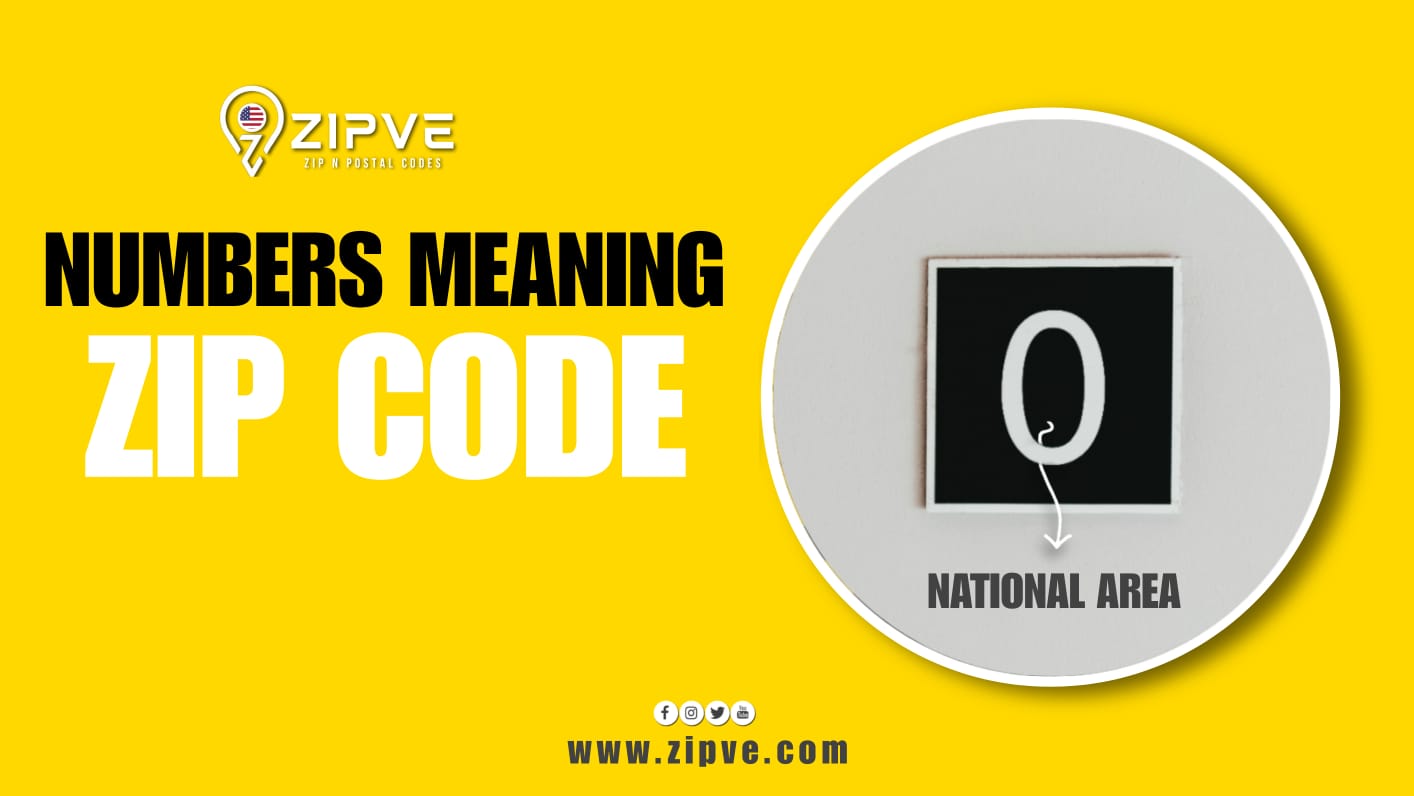hello@zipve.com

ZIP Code Structure
ZIP Codes help sort and deliver mail. They have a special number structure.
The first digit shows a group of U.S. states. The next two digits show a region or a big city in that group. The last two digits are for specific delivery addresses in that region.
The first three digits often point to a sectional center facility. This is where mail sorting and distribution happen. Sometimes, this center has a longer code than just three digits.
Here’s what each begin-with digit of a ZIP Code tells you:
- Incorporates states like Connecticut, Massachusetts, Maine, Modern Hampshire, Unused Shirt, Unused York (as it were Fishers Island), Puerto Rico, Rhode Island, Vermont, and the Virgin Islands.
- Incorporates Delaware, Modern York, and Pennsylvania.
- Incorporates Locale of America., Maryland, North Carolina, South Carolina, Virginia, and West Virginia.
- Incorporates Alabama, Florida, Georgia, Mississippi, and Tennessee.
- Incorporates Indiana, bluegrass country., Michigan, and Ohio.
- Incorporates marvelous, Minnesota, Montana, North Dakota, South Dakota, and Wisconsin.
- Incorporates Illinois, Maine, Missouri, and Nebraska.
- Incorporates Arkansas, Louisiana, Muskogee, and Texas.
- Incorporates Arizona, boulder, Idaho, Modern Mexico, Nevada, Utah, and Wyoming.
- Incorporates the Frozen North, American Samoa, golden-state, Guam, Hawaii, Marshall Islands, Unified States of Austronesia, Northern Mariana Islands, Multnomah, Palau, and Washington.
Examples of ZIP codes
ZIP codes are very important for mail routing. They help make sure mail is delivered quickly and correctly.
For example, unique ZIP codes are used for high-volume addresses. These include governmental agencies, universities, and big businesses that get a lot of mail.
In Washington, D.C., the Central Intelligence Agency has its own special ZIP code to manage its mail. Towson University in Maryland also has a unique ZIP code to help with mail delivery to its campus.
Some ZIP codes are special, like post office box-only ZIP codes. These are used only for PO boxes. Military ZIP codes are used for the U.S. military to handle mail securely. Standard ZIP codes are used for everyday mail to make sure it gets to the right place.
What’s my ZIP code?
To know your full ZIP code you can use the free service “Look Up a ZIP Code”. It can be found on our site as well as on USPS.com. All you need is to search correct ZIP code by your city and state.
Understanding the U.S. Zip Code System: A Foundation for Exploration
What Are Zip Codes?
Zip codes are five-digit numbers utilized in the joined-together States. They were made by the Joined Together States Postal Benefit (USPS) in 1963. They offer assistance with sorting and conveying mail more rapidly and precisely.
How Zip Codes Work
Each digit in a zip code gives more details about the location:
First Digit: Shows a group of states.
Second and Third Digits: Point to a Sectional Center Facility or a big city.
Last Two Digits: Identify a specific delivery area, like a neighborhood or a large building.
Valid postcode Range
Most postcodes in the U.S. run from 00501 (Holtsville, NY) to 99950 (Ketchikan, AK). There are a few exceptions for protective and military bases. The 33333 zip code doesn’t fit this range, which makes people wonder about its use and validity.
Micro postal code: The finest zip code structure from Nexiga
The Micro postal code from Nexiga is a smart way to use zip code structure with detailed geographical analysis. It helps us understand residential neighborhoods, urban areas, and rural areas by using fine-spatial geodata to define territorial units clearly.
Nexiga uses nationwide market cell grids to give us insights into street blocks and households. This system helps us see postal code areas and statistical districts, which is key for understanding catchment areas and sales areas.
By looking at statistical stability and spatial boundaries, Nexiga Market Analyst tools help us break downtowns, municipalities, and administrative area structures. The Micro postal code structure shows us purchasing power and consumer typologies like Sinus-Milieus®, helping businesses find potential in specific households and customers.
The demo version from MB Micromarketing GmbH in Cologne shows how Nexiga helps with targeted marketing. It uses detailed spatial boundaries and administrative area structures to boost statistical stability and customer insights.
Why ZIP codes have 5 numbers — and what they each mean
ZIP codes were part of the Zoning Improvement Plan and helped sort mail. They started in 1963 to make the postal system better. This change came after World War II to handle more mail. The five numbers make sorting mail easier and faster for postal employees.
The first number shows the region in US cities and helps with state identification. The next numbers pinpoint specific cities, which helps with city identification. This system makes sure mail gets to the right place quickly. ZIP codes also help with military service and special zoning needs, showing their wide use beyond just sorting mail.
What each number means
When we look at ZIP codes, each number has a special job. The first digit shows a broad area of the US. For example, Delaware is in the same broad area as New York and Pennsylvania.
The next two digits help to focus on a specific region. This region often matches a central post office facility. In New York, this could be the New York Sectional Center Facility. It serves places like Manhattan, Meatpacking, and West Village.
The last two digits of the ZIP code point to small post offices or local postal zones. For instance, the 10014 ZIP code covers addresses in New York. ZIP codes have been used this way since 1963.
What are the correct postcode formats around the world?
Knowing the right postcode formats around the world helps with mail sorting and delivery. Postcodes, like ZIP codes in the US, use numbers and letters to mark areas. For example, London postcodes in the UK mix letters and numbers to show different districts.
Postcode formats can be very different worldwide. The UK uses alphanumeric codes, while the US uses just numbers in ZIP codes. Developers use regular expressions (regex) to work with these formats in their projects. Tools like Geoapify and the Geocoding API help in searching and managing postcode data.
Using correct postcode formats in mail systems makes sure mail is delivered correctly. Good regex patterns and knowing common formats help with mail handling.
Are there different names for postcodes?
In different places, names for postcodes can vary. In the United States, people say “ZIP code.” In Canada, it’s called a “postal code.” In the Philippines, they also use “postal code.” In India, it’s known as “Postal Index Number” or PIN.
In Italy, the term is “codice di avviamento postale.” In English-speaking countries like Ireland, they use “Eircodes.” In the UK and some other places, the word is “postcode.” Each name shows the local way of calling postcodes.
What are the most common postcode formats?
The most common postcode formats use letters, numbers, or both. Here are some examples:
- In Argentina and Canada, they mostly use numerical postal codes. These codes are simple and easy to use.
- The UK has an alphanumeric system. This means they use both letters and numbers to show exact locations.
- Brunei and Malta also use alphanumeric formats. These formats vary based on their postal needs.
- The Netherlands uses numerical formats with some extra variations. This helps their postal code system work better.
Different countries use various postcode formats to manage addresses and mail delivery.
How Many Numbers Are in a Zip Code?
Postcode was started in 1963 by the United States Postal Service. They have five digits in their basic format. This five-digit ZIP code helps with mail delivery and sorting in specific geographic areas. It makes mail sorting easier and delivery more accurate.
There is also a ZIP+4 code with nine digits. The extra four digits give more details about a location. This helps with precise mail delivery and sorting. It can show specific regions or even individual addresses.
ZIP codes are useful for more than just mail. They help with demographic research, marketing research, and emergency response planning. By looking at ZIP code data, businesses can focus on certain areas better. Emergency services can also respond faster using ZIP code information.
